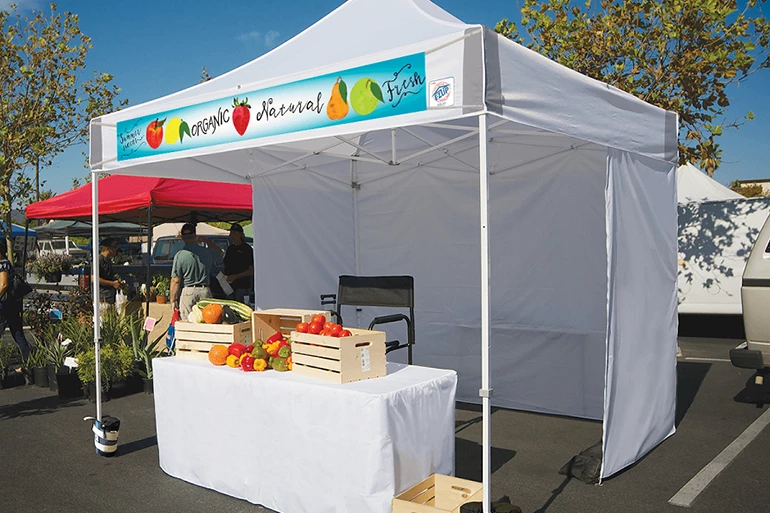Pop Up Canopies Buyer's Guide
Has the purchase of a pop up canopy tent been on your mind? Before making this important buying decision, it's important to know everything you can about popup canopies. What they can be used for, how to choose the right size, and how to install and maintain one are all important factors.
Popup canopies are a great way of adding shade to your home, a business, or an event. In this article, we'll help you make this important decision by discussing the different types of canopies available. We'll also cover some common features and what makes each product a great choice. By the time we are done, you will have the foundation needed to purchase the best popup canopy for your application.


